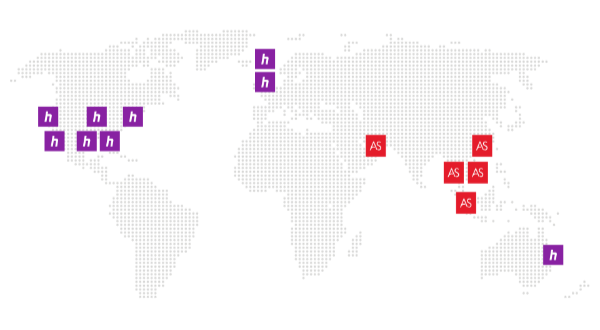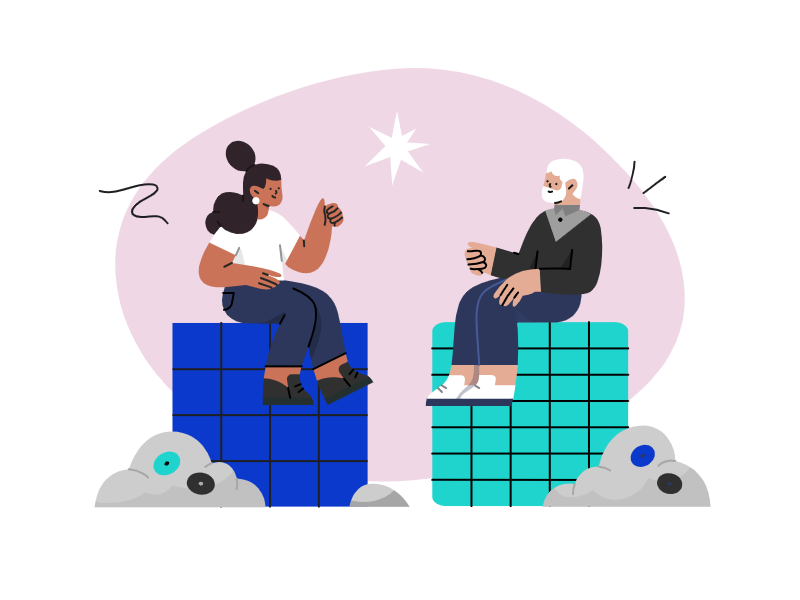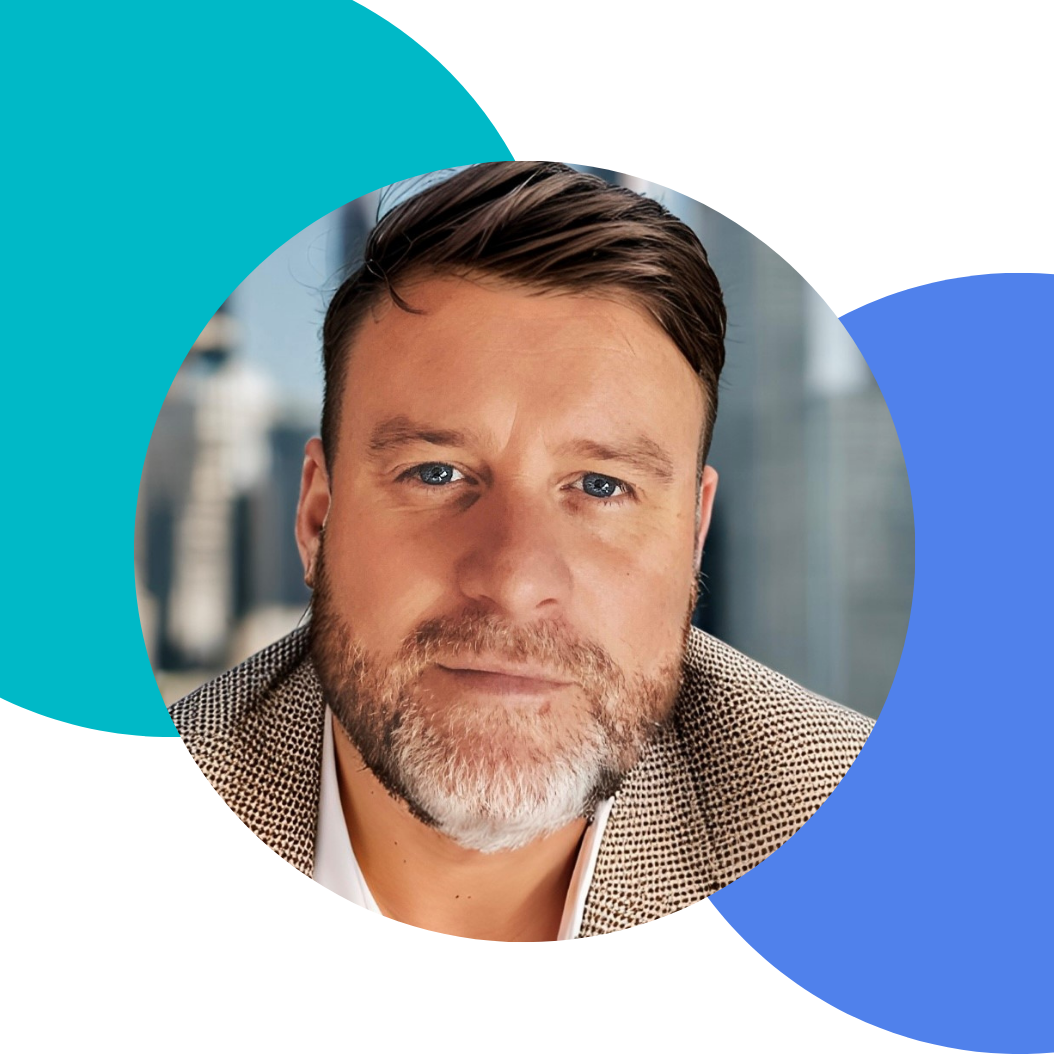Empower your project-based hiring with Statement of Work
What is Statement of Work (SOW)
Our Statement of Work (SOW) solution is designed to help businesses deliver project outcomes faster, more efficiently, and with greater control. As the need for high-quality contract professionals continues to grow, driven by deadline pressure, skill shortages, and shifting project demands, traditional contractor hiring models are increasingly struggling to keep up.
SOW changes that. By outsourcing the hiring of time and materials contractors through a structured, fully managed service, businesses gain rapid access to pre-vetted talent, clear cost control, and full compliance oversight. Whether you’re scaling delivery teams, backfilling critical skills, or launching a new initiative, SOW gives you a flexible and low-risk way to get work done, on time and on budget.
With 65% of companies now relying on contingent workers for project execution and outsourcing reducing time-to-fill by up to 50%, SOW offers a smarter, more agile approach to project-based hiring, without the operational burden on internal teams.
50%
of companies outsourcing contractor hiring see a 50% faster time-to-fill
82%
of companies say outsourced contract hiring improves project success rates
65%
of business use contingent workers to manage fluctuating project needs
58%
of HR leaders say their teams lack the capacity to manage high-volume project hiring
Why use SOW
More businesses are turning to Statement of Work (SOW) models to manage project delivery with greater speed, control, and certainty. As project volumes increase and internal teams reach capacity, SOW offers a smarter way to get work done, without compromising on quality or compliance.
Our SOW solution brings together expert contractor sourcing, structured onboarding, and performance oversight to ensure defined outcomes are delivered on time and within budget. With time-to-fill reduced by up to 50%, hiring costs lowered by 35%, and workforce agility improved by 40%, outsourcing contractor hiring through SOW is no longer a nice-to-have—it’s a commercial necessity.
Whether you're scaling up fast, addressing critical skill gaps, or managing fluctuating workloads, SOW provides the flexibility, transparency, and delivery assurance you need to keep projects on track.
Explore the benefits to see why SOW is becoming the go-to model for project-based hiring.
Tap into greater speed, control and certainty with project-based hiring
Discover the brochure to learn how SOW can reduce costs, improve compliance, and streamline project execution, all while giving you full visibility and accountability at every stage.

Joel Forrester | Global Managing Director
What excites you most about the potential of Statement of Work as a model for project delivery?
What excites me most about Statement of Work (SOW) is the clarity, control, and agility it brings to delivery. Whether Time and Materials or milestone-based, it ensures accountability and outcome focus from day one. Our capability as a service model is run by our Centre of Excellence, applying real operational programme pillars from scoping, mobilising, execution, reporting and administration and close out. This drives consistency, transparency, and high-quality execution. We blend consultancy-grade design with the speed, efficiency and cost of a talent solutions business, re-deploying 75% of our proven talent to reduce ramp-up time, cost, and risk. This disciplined, outcome-led model is a clear differentiator, delivering faster results, lower cost, and exceptional value.
How does SOW enable us to deliver more value compared to traditional contract or consultancy models?
Statement of Work (SOW) enables us to deliver significantly more value by combining the structure and outcome focus missing in traditional contract models, with the flexibility and cost efficiency consultancy lacks. Unlike contract resourcing, SOW brings formal rigour, clear processes, defined deliverables, and quality assurance, ensuring accountability and measurable results. At the same time, it avoids the inflated pricing, rigid scope, and lack of scalability often seen in consultancy models. With SOW, clients get tailored, agile solutions that scale up or down with need, delivered by proven talent and governed by our Centre of Excellence(COE) for consistency, transparency, and impact, without paying for what they don’t need.
What sets Argyll Scott’s SOW offering apart from others in the market?
What sets Argyll Scotts’s Statement of Work offering apart is the depth, reach, and proven quality of our delivery. With 27 years of global experience and over 400+ SOW programmes delivered, we bring a track record of excellence supported by a dedicated Centre of Excellence (COE) that manages the full lifecycle, scoping, mobilisation, governance, and performance. Our global talent network gives us unrivalled access to pre-qualified, project-ready specialists, while our COE ensures consistency, control, and quality across every engagement. We reuse 75% of our delivery talent, meaning clients benefit from trusted experts who are fast to deploy and proven to perform. What truly differentiates us is our culture. Client-centricity runs through everything we do. We don’t just deliver outcomes, we act as partners, guided by our core values to build long-term impact, not short-term fixes.
If you had to summarise SOW in one sentence, what would it be?
Statement of Work is a structured, outcome-driven delivery model that combines speed, flexibility, and accountability to solve complex business challenges with precision and measurable impact.

Book a discovery call to find out more

Don’t just take our word for it…
Our latest insights











